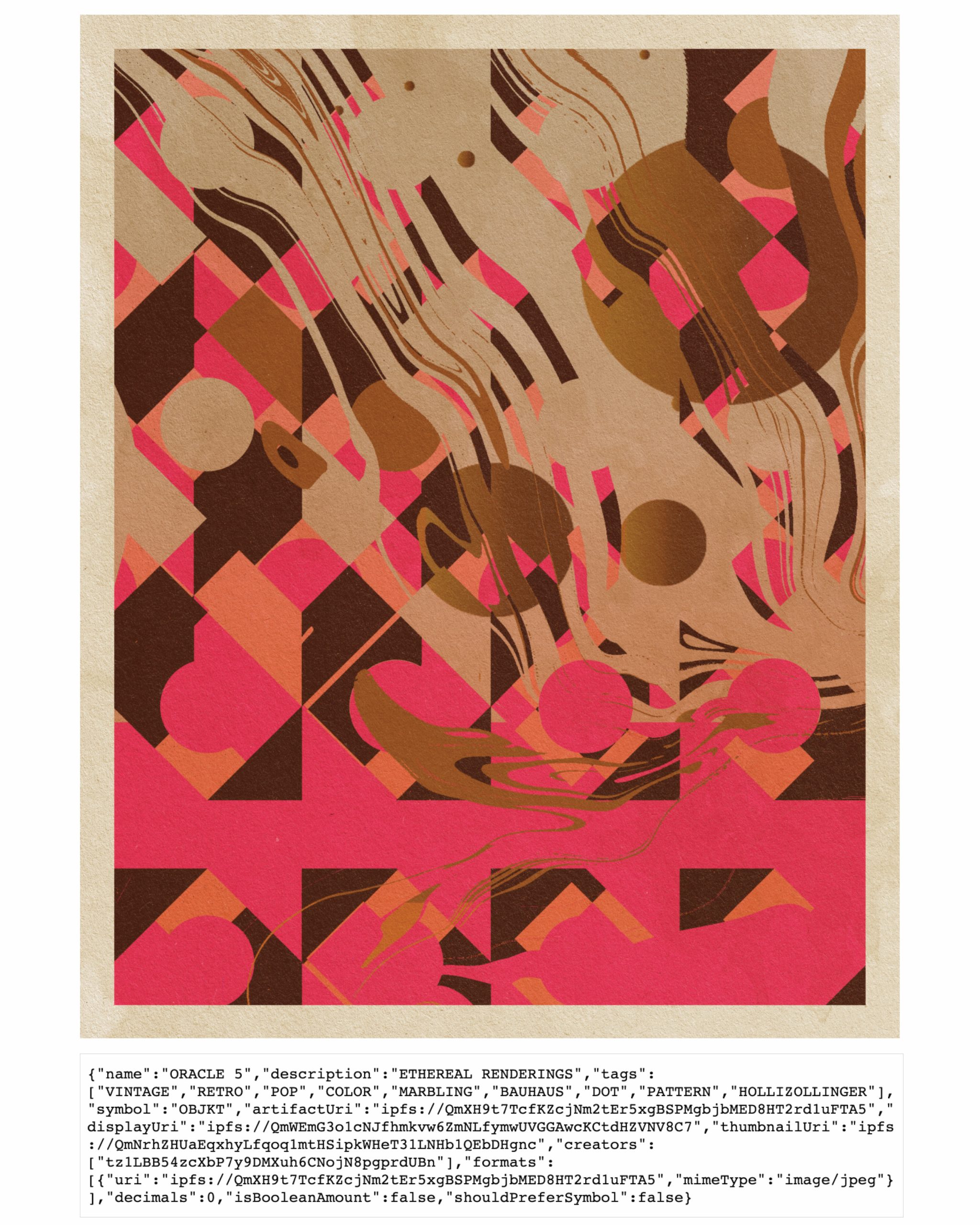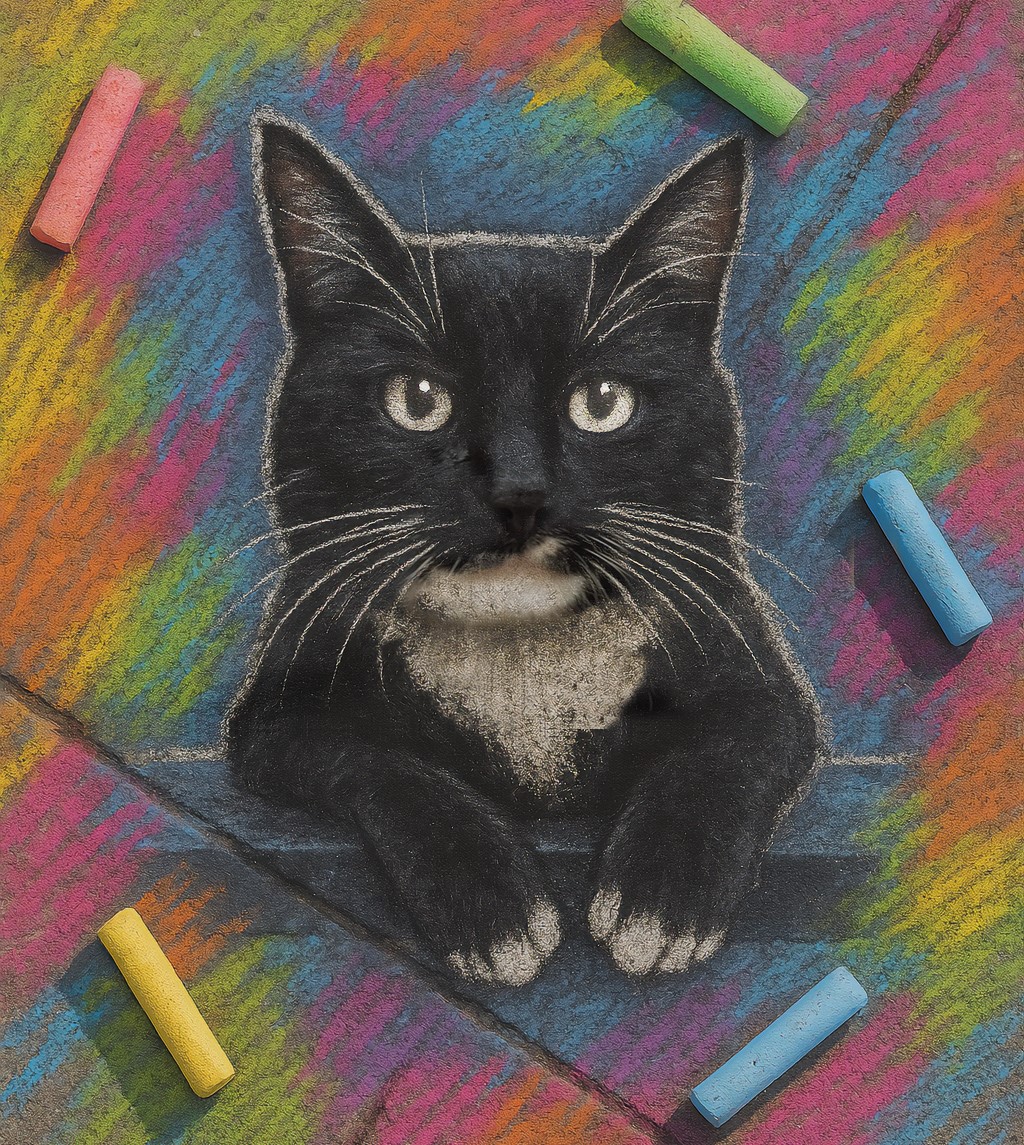Some information may be outdated.
Joey Howell has been making art since he was a kid.
Since then, his art career has taken him everywhere: he’s created graphics for bands; worked for RIPNDIP, a skateboard apparel company; opened a screen printing shop; worked at a gallery on Fremont Street in Las Vegas; and provided art direction for a floral shop. Most recently, he’s been doing freelance work.
The style he developed is otherworldly, a mashup of cartoon influences with eclectic appearances from floating eyes and aliens. Most of his backgrounds are deserts; he finds Moab inspiring, especially after he moved from Florida, he said. He moved to Moab to live with his partner, fellow artist Abby Leighton, and hasn’t looked back since.
In the past few years, he watched as some of his favorite artists started making “non-fungible tokens.” NFTs are digital assets, like images or gifs, that are assigned monetary value and are bought and sold as unique tokens. They’re getting increasingly popular and are becoming more recognized as art: in March 2021, Mike Winkelmann, a digital artist better known as Beeple, sold one of his pieces as an NFT for $69.3 million at a Christie’s auction.
At first, Howell wasn’t interested in NFTs—he wanted to focus on freelancing. But he became convinced to try it at the urging of a friend.
Howell listed a handful of NFTs a few months ago on OpenSea, a marketplace that uses a cryptocurrency called ‘ether.’ Since then, he’s sold 20 NFTs for 2.8 ether, which at the time of this article, is equivalent to almost $9,000.
•••
Selling NFTs is desirable to digital artists because they are considered one-of-a-kind originals. Think of an original painting. Sure, there can be copies, but there’s only one true version of any painting in the world. With NFTs, digital artists can sell what they consider an equivalent of an original work and, similar to a physical work of art, sell it for significantly more than they could sell a print or copy.
NFTs also allow artists to have a worldwide audience with the click of a button. Selling NFTs comes with no printing or shipping costs and no delay in the art getting to its buyer. In a rural place like Moab, that’s an immense benefit.
Okay, you may say, but if I like a digital image, can’t I just right-click and save it? Technically, yes, says Howell, who posts images of his NFTs on social media. But there’s no harm in doing that, because those images aren’t the original artwork. When buyers purchase an NFT, in most cases what they’re really buying are lines of code that tell a computer how to display an image. Those lines of code are stored in a blockchain—basically, an online public ledger—that also stores the record of ownership.
That’s what some people find so maddening about NFTs: they have no physical form or file type, and can only be displayed digitally. But that’s also what buyers are so interested in. Those lines of code are art; they display a piece of artwork that an artist spent hours and lifetimes of experience creating.
Howell sold his first NFT, a piece depicting desert transitioning into ocean called “The Nature of Life,” for almost $1,500. The buyer wasn’t at all interested in a physical copy of the piece, he said.
Howell explained the desire to buy an NFT as two-fold. First, buyers are purchasing a piece of art; and second, buyers are purchasing something that will retain its monetary value. Anyone who buys Howell’s NFTs is betting on him to become more popular, Howell said, because when he does, the value of his NFT art pieces will go up. The art can then be resold for more than it was bought for, which gives the buyer money, but will benefit Howell too: a portion of that sale will go back to him.
“I’ve been selling digital art for over a decade at this point,” he said. “The cool thing with NFTs is that there’s proof of ownership. With this stuff, it’s like people are buying fine art.”
•••
Holli Zollinger started drawing and painting after high school. She spent most of her 20s traveling, she said, so she “picked up a pencil to fill my time between places and jobs and eventually, it stuck.”
“I preferred doing it more than any other thing, and eventually made a career of it,” she said. Zollinger’s art career spans multitudes; she creates floral and geometric patterns for wallpapers and fabrics, postcards of zodiac signs and botanics, and most recently, NFTs that depict swirling, geometric patterns. She describes her current for-sale collection on OpenSea, “Abraxas,” as “the cosmic mind perceived here in infinitesimal iterations of light, color and shape.”
“My style is an accumulation of the 30 or so years I’ve put into it, including the myriad of interesting subjects and artists that I have studied and tried to emulate,” Zollinger said. “I began sketching and drawing with no real purpose or outcome, and was naturally drawn to symmetry and art.”
She started selling NFTs last August following a conversation with her brother, an NFT collector himself. She sells her creations—her “digital prints,” she calls them—on OpenSea, Foundation and hic et nunc, which each use different cryptocurrencies stored on different blockchains.
“I like to try new things, so earmarking some time and energy for experimental income streams is a great adventure,” Zollinger said. “Obviously, if you can gain momentum with your art and NFTs, it can be extremely lucrative.”
“I wouldn’t say it’s any better or worse to sell your work in that format,” said Zollinger. “It’s just another avenue.”
Selling is going better than expected, she said, though she added that as the stock market ebbs and flows, so does the crypto art world.
Zollinger and Howell both have found the community of fellow NFT artists supportive and welcoming.
Zollinger only just got started meeting other NFT creators and collectors on Twitter, she said, but the community she found is “extremely uplifting.”
Howell said he spends a lot of time on Clubhouse, a social audio app similar to Zoom that allows users to have conversations with each other. It’s similar to Zoom, if Zoom allowed you to pop into any meeting whenever you wanted.
Through his connection to NFTs, Howell said he has met fellow artists, Nickelodeon animators, and, in January, he found himself chatting with Cheech Marin and Tommy Chong (the comedy duo Cheech and Chong) about his art. He had joined an NFT Clubhouse room hosted by Joe Bradley, a contemporary artist.
“Joey, we gotta see some of your art,” Tommy Chong said.
“It’d be an honor just for you to look at it,” Howell replied, grinning into his cellphone, proud to be in a space—however digital—where his art is appreciated.
Appreciate the coverage? Help keep local news alive.
Chip in to support the Moab Sun News.





